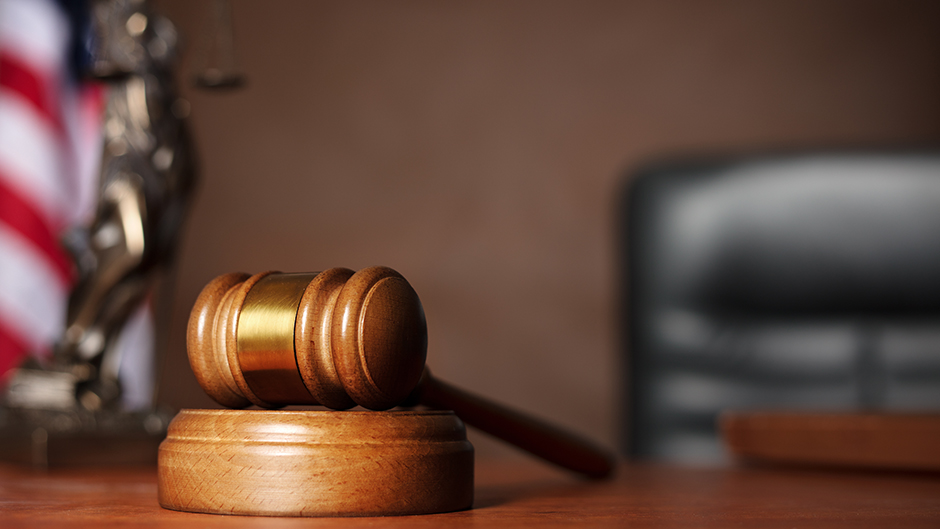
Publication
Doing Business in Türkiye: FinTech
Türkiye has positioned itself as a dynamic hub for FinTech innovation, undergoing substantial transformation in its financial landscape in recent years.


Author:
Global | Publication | July 3, 2018
On June 25, 2018, for a second time, a divided Second Circuit upheld the insider trading conviction of Matthew Martoma, the former portfolio manager of the hedge fund SAC Capital Advisors LP (Martoma II), but attempted to clarify its views on the requirements for establishing the scope of tipper and tippee liability.[1] Nine months prior, the Second Circuit upheld Mr. Martoma’s conviction in an opinion that appeared to overturn the Second Circuit’s 2014 opinion in United States v. Newman[2] (Martoma I).[3] As we wrote at the time, Martoma I held that the Supreme Court decision in Salman v. United States[4] is inconsistent with Newman’s requirement that, in the absence of quid pro quo, there be a meaningfully close relationship between the tipper and tippee to support an inference of a gifting of the material, nonpublic information in order for insider trading liability to attach. Martoma I therefore upheld Mr. Martoma’s insider trading conviction despite the nonexistence of a proven close relationship between Martoma and the source of the confidential information.
In Martoma II, the Second Circuit revisited its analysis and retreated from its criticism of Newman. Instead, the majority held “because there are many ways to establish a personal benefit, we conclude that we need not decide whether Newman’s gloss on the gift theory is inconsistent with Salman.”[5]
By way of background, in 1983, the Supreme Court in Dirks v. SEC[6]established the test for tipper liability as “whether the insider personally will benefit, directly or indirectly from his disclosure. Absent some personal gain, there has been no breach of duty to stockholders. And absent a breach by the insider, there is no derivative breach [by the tippee].”[7] Dirks then listed factors where one can infer a personal benefit, including “when an insider makes a gift of confidential information to a trading relative or friend. The tip and trade resemble trading by the insider himself followed by a gift of the profits to the recipient.”[8]
After Mr. Martoma’s conviction, the Second Circuit reversed the insider trading convictions of two traders in Newman because the government failed to prove that the tipper who initially disclosed the material, non-public information received any personal benefit in exchange for doing so. In elaborating on the Dirks test, the Second Circuit held that a tipper does not derive a personal benefit when he gifts material nonpublic information “in the absence of proof of a meaningfully close personal relationship [between the tipper and the tippee] that generates an exchange that is objective, consequential, and represents at least a potential gain of a pecuniary or similarly valuable nature.”[9]
Mr. Martoma was convicted because SAC traded certain pharmaceutical company stocks after he improperly received information from two doctors about the results of a clinical trial for developing an experimental drug. Those trades generated $80 million in gains and more than $190 million in losses avoided. Based on Newman, Mr. Martoma appealed his conviction by arguing that the jury had not been properly instructed because the jury only needed to decide if the doctors and Mr. Martoma were attempting to maintain a friendship or business contact through the tip of inside information, which he argued was not as stringent as the requirements that Newman articulated. While the appeal was pending, the Supreme Court issued Salman, which held that “Dirks specifies that when a tipper gives inside information to ‘a trading relative or friend,’ the jury can infer that the tipper meant to provide the equivalent of a cash gift. In such situations, the tipper benefits personally because giving a gift of trading information is the same thing as trading by the tipper followed by a gift of the proceeds.”[10] The Supreme Court rejected the Newman decision “[t]o the extent the Second Circuit held that the tipper must also receive something of a ‘pecuniary or similarly valuable nature’ in exchange for a gift to family or friends.”[11]
Last year, in Martoma I, a divided Second Circuit held that Newman was no longer good law in light of the Supreme Court’s Salman decision. Nine months later, in last week’s Martoma II decision, the Second Circuit modified its prior reasoning and backed away from its prior decision to overturn Newman. The Second Circuit held that although the jury instructions in Mr. Martoma’s case were inconsistent with Newman, that inconsistency did not constitute reversible error.
As explained in Martoma II, the Newman decision provided guidance on the term “meaningfully close personal relationship” holding that it “requires evidence of a ‘relationship between the insider and the recipient that suggests a quid pro quo from the latter, or an intention to benefit the [latter].”[12] As a result, the majority held that the jury instructions were incomplete in that they permitted the jury to find a personal benefit based solely on the conclusion that the tip was provided to Mr. Martoma to develop or maintain a friendship and lacked any suggestion of a quid pro quo. Although the jury instructions were inaccurate, the Second Circuit nevertheless held that the error did not affect the verdict because the government had presented compelling evidence that there was a quid pro quo relationship between at least one of the doctors and Mr. Martoma: $70,000 in “consulting fees.” Chief Judge Robert Katzmann, writing for the majority, wrote that “on the compelling facts of this case, it is clear beyond a reasonable doubt that a properly instructed jury would have found Martoma guilty” absent the error.[13]
As she did in Martoma I, Judge Pooler dissented. Judge Pooler argued that the majority was attempting to redefine the “meaningfully close personal relationship” test in “subjective rather than objective terms, rendering Newman a relic.”[14] She argued that even the modified opinion was an attempt to abrogate the Newman decision, which goes against the rule that a three-judge panel is unable to abrogate prior circuit decisions.
While Martoma II has revived Newman, the majority’s opinion has gone to great lengths to try to limit its potential breadth. Future litigation will undoubtedly be necessary to bring clarity to the question of what constitutes a meaningfully close relationship for purposes of tipper and tippee liability.
[1] U.S. v. Martoma, No. 14- 3599, (2d Cir. June 25, 2018) (hereinafter Martoma II).
[2] 733 F.3d 438 (2d Cir. 2014).
[3] U.S. v. Martoma, No. 14- 3599 (2d Cir. Aug. 23, 2017) (hereinafter Martoma I).
[4] 137 S. Ct. 420 (U.S. 2016).
[5] Martoma II, at 14.
[6] Dirks v. SEC, 463 U.S. 646 (1983). A person who provides material, nonpublic information to another who trades is a “tipper” and the recipient of that material, nonpublic information who then trades is a “tippee”.
[7] Id. at 662.
[8] Id. at 664 (emphasis added).
[9] Newman, supra note 2, at 452.
[10] 137 S. Ct. at 428.
[11] Id.
[12] Martoma II, supra note 1, at 2.
[13] Id. at 34.
[14] Martoma II, (Pooler, J., dissenting), at 2.

Publication
Türkiye has positioned itself as a dynamic hub for FinTech innovation, undergoing substantial transformation in its financial landscape in recent years.
Subscribe and stay up to date with the latest legal news, information and events . . .
© Norton Rose Fulbright LLP 2025